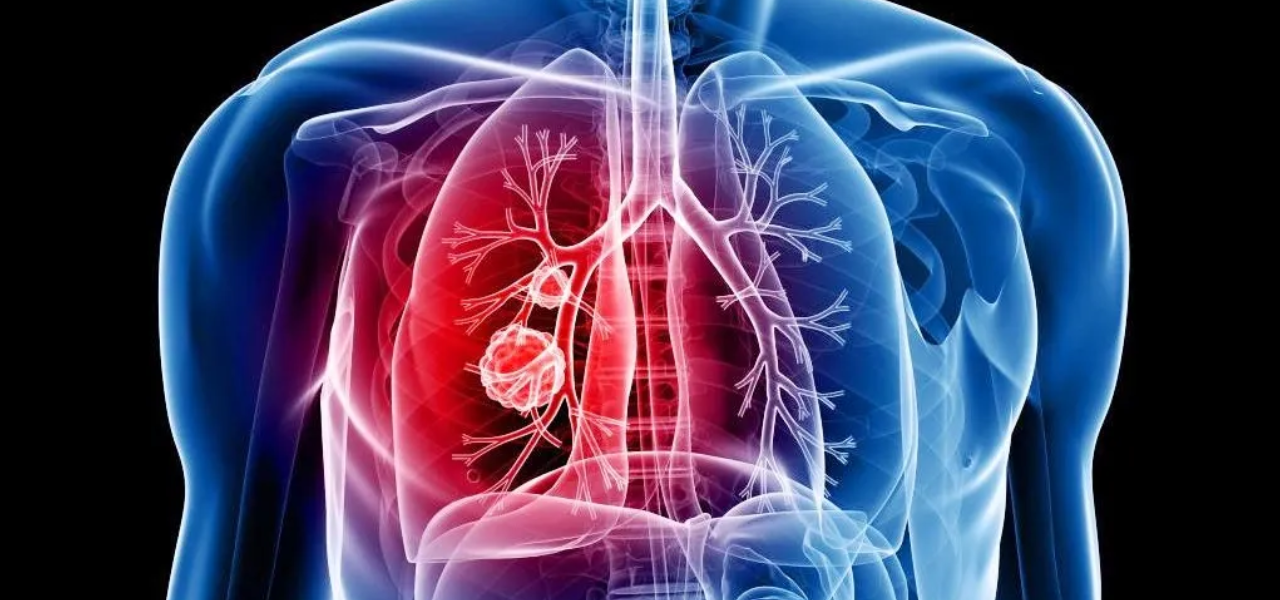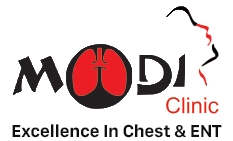Case of Lung cancer presenting as Pneumonia

Abstract
This report describes an uncommon case of benign mediastinal thymic cyst, which was found in a symptomatic young man during his admission. Since the nature of his lesion was unknown, it was surgically removed, and mediastinal benign thymic cyst was diagnosed on the basis of pathologic findings. This report describes the course of treatment and outcome. The description of mediastinal thymic cyst in the literature is very limited. Our experience in the diagnosis and management of this case adds to this description.
Introduction
Benign thymic cysts are uncommon lesions that account for approximately 3-5 % of all anterior mediastinal masses[1]. Frequently, they are asymptomatic and the actual identification of the tumor is usually made after surgery and histological examination. Such cysts can either be congenital or acquired in origin [2, 3]. Congenital cysts are typically unilocular. They contain clear fluid and have walls that are thin to the point of translucency; they show no evidence of inflammation on careful histopathological examination.
By contrast, acquired thymic cysts result from an inflammatory process. They are usually multilocular, hence the commonly used term "multilocular thymic cyst". The cysts, which contain turbid fluid or gelatinous material, have thick and fibrous walls. Typically, they show evidence of significant inflammation and fibrosis on histopathology examination. Multilocular thymic cysts may be associated with thymic neoplasm such as thymoma or thymic carcinoma. They may adhere to adjacent structures and simulate an invasive neoplasm at thoracotomy [2].Although most of cyst are asymptomatic and of no clinical significance, a rare few are of importance because they cause symptoms and signs, mimicking malignant mediastinal tumors. So we are reporting an interesting and rare case of benign thymic cyst in a 35 year old man.
Method
A 35 year non smoker male presented in hospital with dry cough since 6 months not relieved by medications. He denied history of dyspnea, fever or joint pain. The family history was non-contributory and past personal history contained no episodes of pneumonia, pleurisy or chest pain. The patient was cooperative without obvious evidence of acute or chronic illness at physical examination, as well. Temperature, pulse and respirations were normal; blood pressure had normal values of 120/80, as well. Routine blood investigations such as hemogram, creatinine, prothrombin time, HIV test were within normal limits. Chest radiography, HRCT thorax and bronchoscopy were performed. Chest X ray demonstated a mass in right para tracheal region by evidentiating a homogenous opacity with normal lung transparency and heart size (fig 1). CT thorax impression showed a large well defined hypodense, non enhancing lesion in right paratracheal region (fig 2).Then Broncoscopy was done and transtracheal needle aspiration was attempted cytology was send which found to be inconclusive .2-D echo was normal.Total excision of this paratracheal mass was performed through right Thoracotomy and the whole specimen was sent for histopathological examinations. Gross inspections of the specimen showed a tan-white soft cystic swelling, wt 13gms, measuring 5 x3 x 1cms with translucent smooth wall and oily liquid content (fig 3). Histopathology confirmed a cyst, which is lined by a single layer of flattened epithelium with adjacent benign thymic tissue and also showed heavy infiltrates of lymphocytes at places forming lymphoid follicles and concluded a diagnosis of a mediastinal benign thymic cyst(fig 4).The patient recovered well with routine post-operative management and he was discharged with a scheduled respiratory rehabilitation program and out-patient follow ups.
Results
On the basis of history, examination and investigation we diagnosed this as a rare case of Benign Thymic Cyst. We treated the patient with pharmacotherapy and surgical intervention.
Discussion
Thymic cysts are uncommon. Through literature review, there were few cases reported in the past. Even though the number of cases reported seems to be increasing with the advent radiologic modalities, the reported incidence rate is 1 to 3 percent of all mediastinal masses and 5 to 28 percent of all mediastinal cysts. Thymic cysts may be of wide and diverse etiologies, and they can be either congenital or acquired. Congenital cysts are generally thin walled, unilocular, translucent, and most importantly, non-inflammatory and has thymic tissue in their lining. Congenital thymic cysts are derived from the remnants of the thymopharyngeal duct and they can be found anywhere between the neck and the mediastinum, where the thymus gland migrates during its embryologic development [4]. The acquired thymic cysts can be further subdivided into inflammatory, infective and neoplastic types. They are primarily of multilocular in nature and they are lined partially by the epithelium with various degrees of inflammation. Acquired multilocular thymic cysts may be developed de novo or it could be associated with wide range of different disorders such as cystic degeneration of thymomas, Hodgkin’s lymphoma, seminoma, Sjogren’s syndrome, Myasthenia gravis, HIV and so forth. However, developmental etiology seems to be more popular [4]. Most of the patients with thymic cysts are asymptomatic. However,they can produce symptoms by the mechanical compressive effects on any adjacent structures in the thoracic cavity. Commonly reported symptoms include: wheezing, dyspnea, cough, chest pain and dysphagia[4]. Thymic cysts are generally incidental findings after a radiographic study either done routinely or for other purposes. It can be a chest x-ray or any other imaging studies of the thorax, such as the computed tomography scan, echocardiography, or magnetic resonance imaging. Diagnosis is very rarely made pre-operatively, but imaging studies often provides helpful information in surgical planning and assessing the extent of the lesion. Thymic cysts have the potential to undergo neoplastic changes. Intracystic hemorrhages or infections can expand a thymic cyst rapidly and amplify the local compressive effect and resulting in various symptoms.Even though these complications are rare, complete surgical resection is recommended to most if not all patients with mediastinal cyst due to these potential complications. Surgery provides a specimen for histologic diagnosis and excludes its malignant potential, and it could also prevent further cystic enlargement and provide symptom relief. The prognosis for thymic cysts is excellent.
Conclusion
There is little agreement, however, on the best diagnostic and therapeutic approach to thymic cysts and the other mediastinal cyst .The case of thymic cyst described here it was diagnostic challenge, but was resolved only by surgical excision and exploration.
